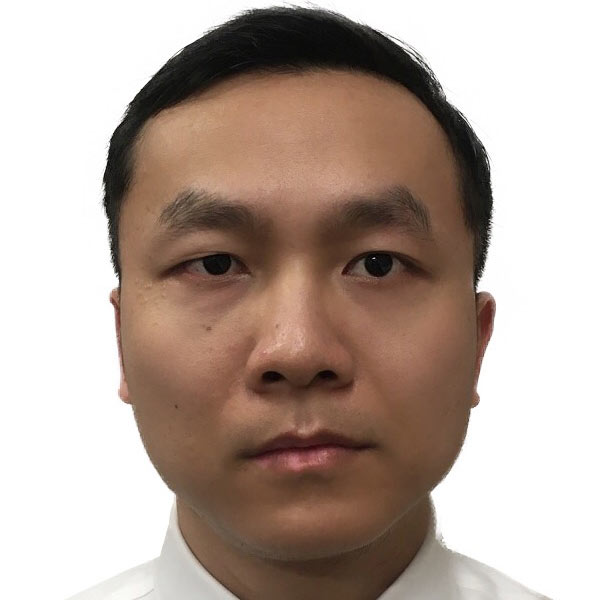 Student: Pan Ni
Student: Pan Ni
Project: Hydroxyapatite/pectin hybrid material synthesis for zinc removal from water
View: Research Poster (PDF)| Presentation (YouTube)
Department: Civil and Environmental Engineering
Advisor: John Fox
Abstract
A simple method to modify hydroxyapatite and pectin into an efficient zinc sorbent was investigated. Process and formulation modifications enabled the formation of a flower-like hydroxyapatite/pectin hybrid material. The porous hybrid material was characterized with scanning electron microscopy, elemental analysis, FTIR, XRD and zeta potential tests. Zinc removal for this hybrid material was characterized with sorption data, which was modeled with kinetic and isotherm models. Results demonstrate a pseudo-second order kinetic model. Isotherm results best fit the zinc and hybrid material sorption with a two-staged isotherm curve with Langmuir at the first stage and Freundlich at the second stage. The maximum experimental sorption capacity was 330.4 mg Zn2+ per gram of sorbent, which was obtained with an initial concentration of 260 mg/L Zn2+ at pH 5.0. pH monitoring and Zeta potential tests suggested surface complexation and electrostatic attraction were fundamental in the zinc sorption process.
Keywords: hydroxyapatite modification, pectin, zinc removal
About Pan Ni
Pan Ni's research focuses on novel semiorganic materials development for brackish water, sea water desalination, heavy metal and contaminants of emerging concern (CECs) removal in wastewater, drinking water treatment; modification and use of activated carbon to remove volatile organic compounds (VOCs) and their applications; industrial and municipal solid waste reclamation process technologies for value-added resources.
He is going to receive his doctor degree of environmental engineering from Lehigh University this summer. Before he entered Lehigh University, he obtained his master of science degree of the same major from China Agricultural University, Beijing and his bachelor of science degree from Tianjin Agricultural University, Tianjin. He is a member of American Chemical Society.
